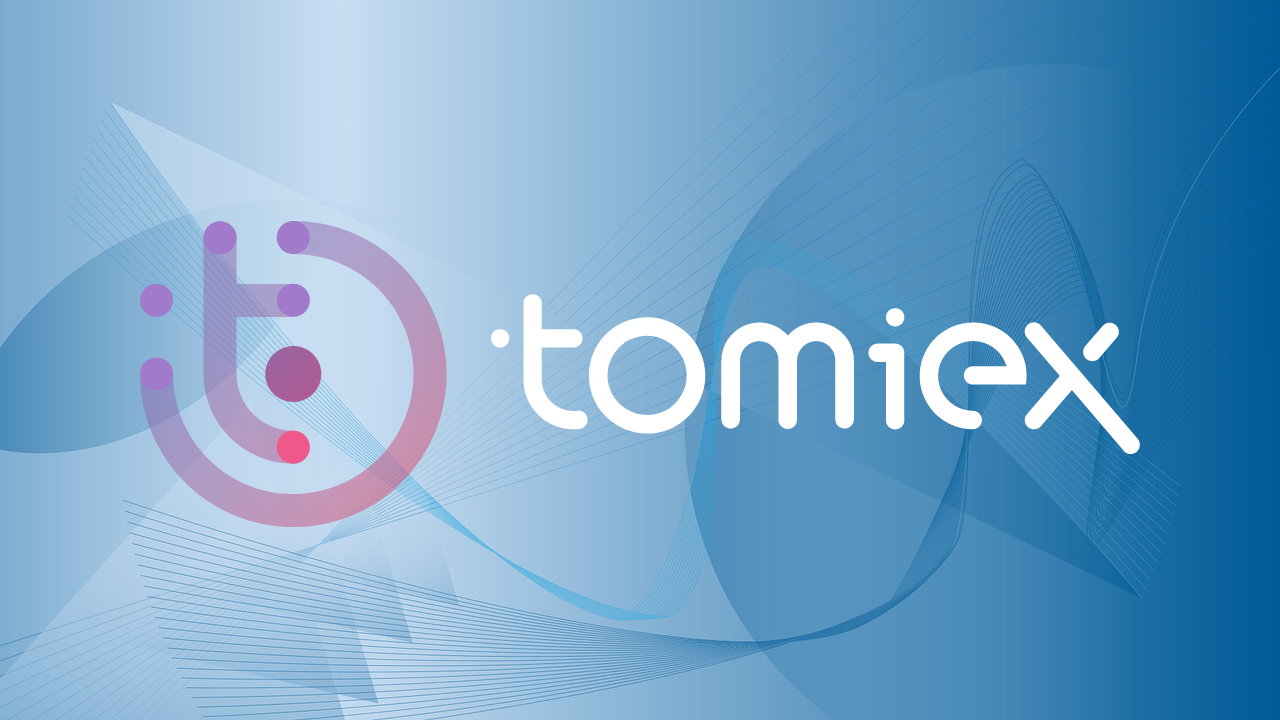
Mining is a physically demanding occupation. When done in real life, it is expensive and evocative of the gold rush, as many people hunt for digital currency to mine with minimal work in order to earn billions of dollars. However, unlike the gold rush of the nineteenth century, no one is able to tell the difference between genuine treasure and counterfeit riches. And what appears to be a treasure at first glance could turn out to be a shitcoin very quickly.
When it comes to the digital era, mining has taken on a second definition, referring to the process of creating and releasing new currency, as well as the verification of newly created transactions inside the blockchain. A vital component of the maintenance and development of the blockchain ledger is the execution of this procedure. With real-world mining of natural resources, the computation process is an extremely complex computational math problem that can be run mostly on sophisticated hardware, and the more drilling is done, the more work must be done to extract new coins from the ground. This is also true with cryptocurrency mining.
The next thing that mining digital coins and natural resources have in common is that they are both sporadic in nature, meaning that you never know when you will receive a reward or how much it will be because all coins are subject to high volatility and may enjoy an upside rally, resulting in it being hundreds of percent higher in price than it was just a few weeks before, or it may suffer the same fate, but on the downside. Second, the mining network is similar to a lottery system. Using a 64-digit hexadecimal number known as a „hash,“ every machine on the network competes to be the first to guess the number before anyone else. The faster a computer can churn out assumptions, the more probable it is that the miner will be successful in his endeavor. As a prize, the winner is required to update the blockchain ledger with all of the freshly confirmed transactions – thus adding a newly verified „block“ containing all of those transactions to the chain – and is also awarded a specified number of newly minted bitcoins. Some currency, such as Bitcoin, have their rewards reduced as a result of mining. Since 2020, the reward for each block has been 6.25 BTC, compared to a reward of 50 BTC in 2009. Every four years, the amount of the award is reduced.
As the epidemic wreaks havoc on supply chains around the world, particularly in the computer hardware industry, the demand for mining hardware has skyrocketed in recent years. Microchips that are utilized for gaming graphics processing units (GPUs) and chip units are quite handy for mining operations that are extremely demanding. However, despite the fact that some mining hardware was redistributed from China in 2021 following a crackdown on the mining industry by Chinese authorities, the demand for mining hardware and soaring energy prices made individual mining of popular coins such as Bitcoin or Ethereum extremely unpredictable in terms of returns.
As a result, many miners are pooling their resources to form mining pools, which can connect thousands of computers or hundreds of mining farms equipped with specialized mining hardware together. When each member of the pool contributes their hash rate as shares per round, the reward is given out per share, and each accepted share is instantaneously awarded an identical percentage of the total obtained rewards from the mining round. Members of the pool are each paid a portion of the mining payout. It may be more beneficial for individuals that mine 24 hours a day to pay per last N shares because members are only paid when a pool is discovered, but they are also compensated for all shares in blocks where a pool was not discovered by the pool.
Slush pool, F2Pool, Antpool, ViaBTC, BTC.com, Poolin, Genesis Mining, Bitfury, Binance Pool, and Kano Pool are just a few of the prominent mining pools for 2022, according to CoinDesk. Before joining a pool, learn about the pool’s reward distribution and payment mechanisms, as well as its fees, payment criteria, and hash rates, among other things. A specific coin that you would like to mine should also be taken into consideration. It is necessary to investigate the profitability of specialized coin mining. Mining with pools is typically carried out through the use of a cloud mining site.
The key advantage is that you may pool your hash rates with other individuals to create a larger total that is more likely to win a block and thus receive more rewards while mining collectively rather than alone, which is more advantageous. Aside from that, when mining in a pool, you do not have to invest in a high hash rate to win a block, as you would if you were mining on a private network.
Not every digital currency has the ability to be mined. Initial Coin Offerings (ICOs) are a type of cryptocurrency in which the coins are totally pre-mined by their founders and then given to the general public. Other non-minable coins, including as XRP, EOS, Stellar, and NEM, use the Proof of Stake paradigm, in which new coins can only be obtained by wallet staking, through the operation of masternodes, or simply by periodically introducing extra coins to circulation, rather than through mining. In this situation, the transactions are validated by the users themselves.
Minable coins operate on the Proof of Work principle, which means that miners must verify all transactions in order to receive a reward. New coins are issued as a reward for successfully validating each new block of transactions that is added to the system.
Michael Domar is the founder and CEO of the TomiEx exchange and TEX coin (https://tomiex-tex.com/).





















